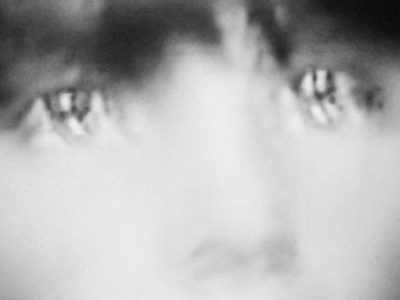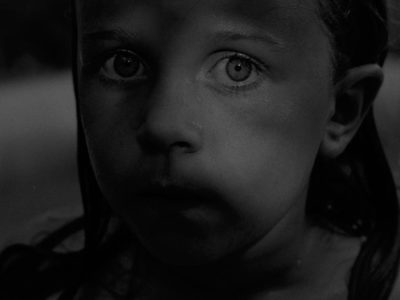FotoFirst — South of the Landsker
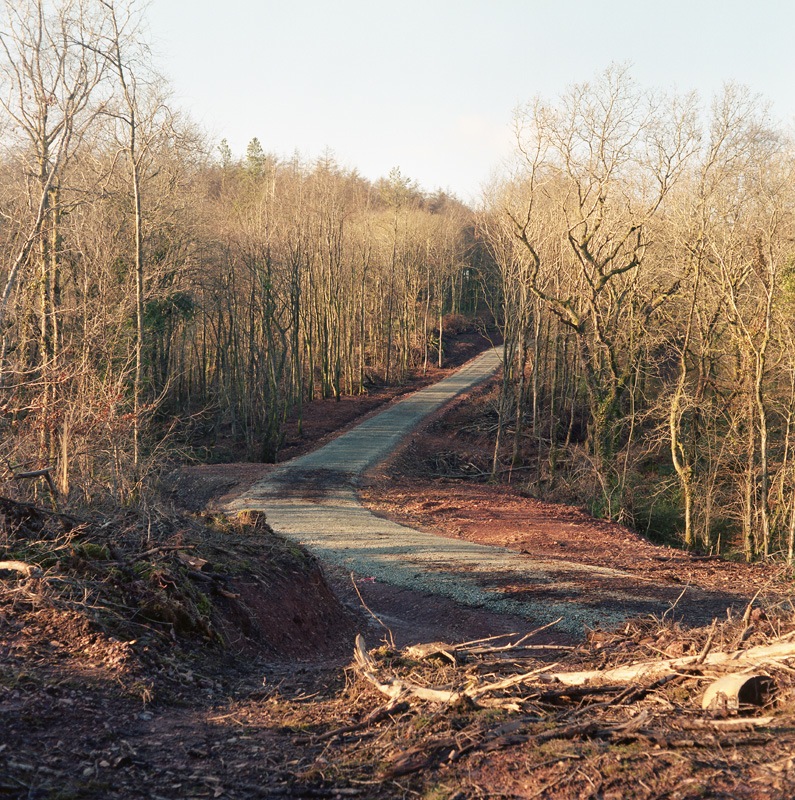
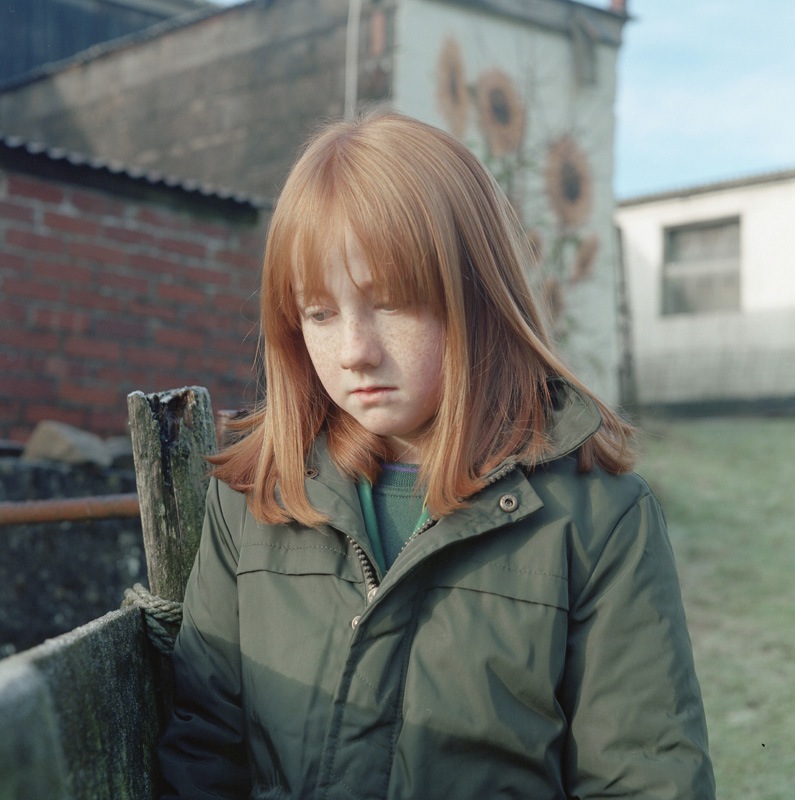
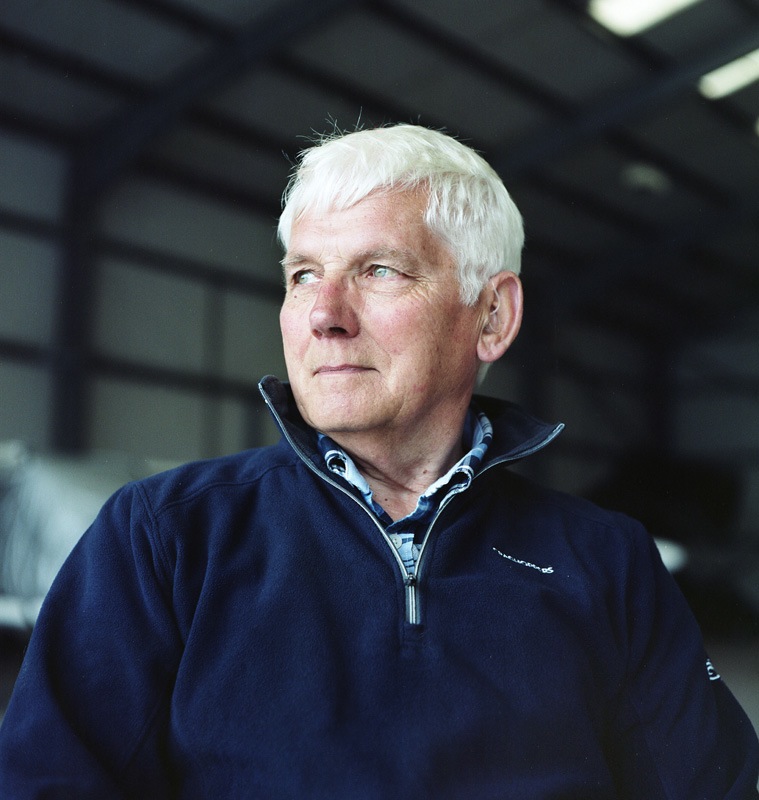
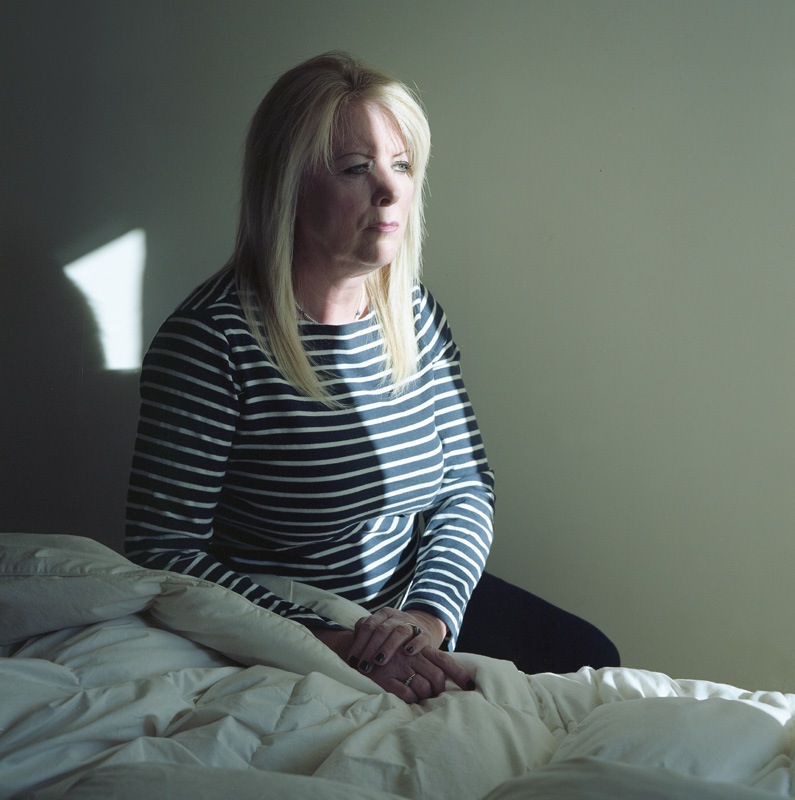
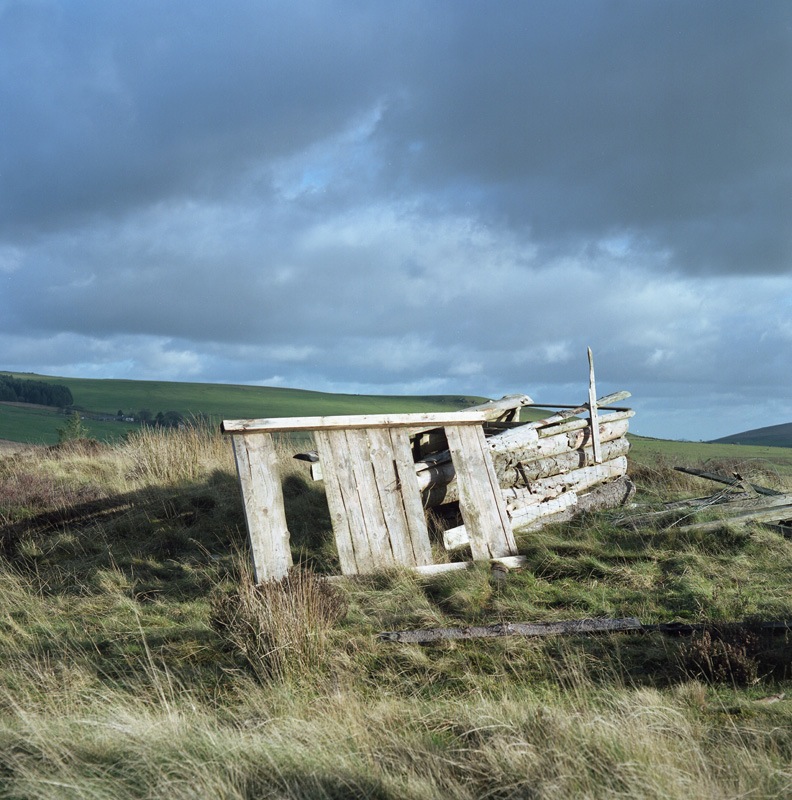

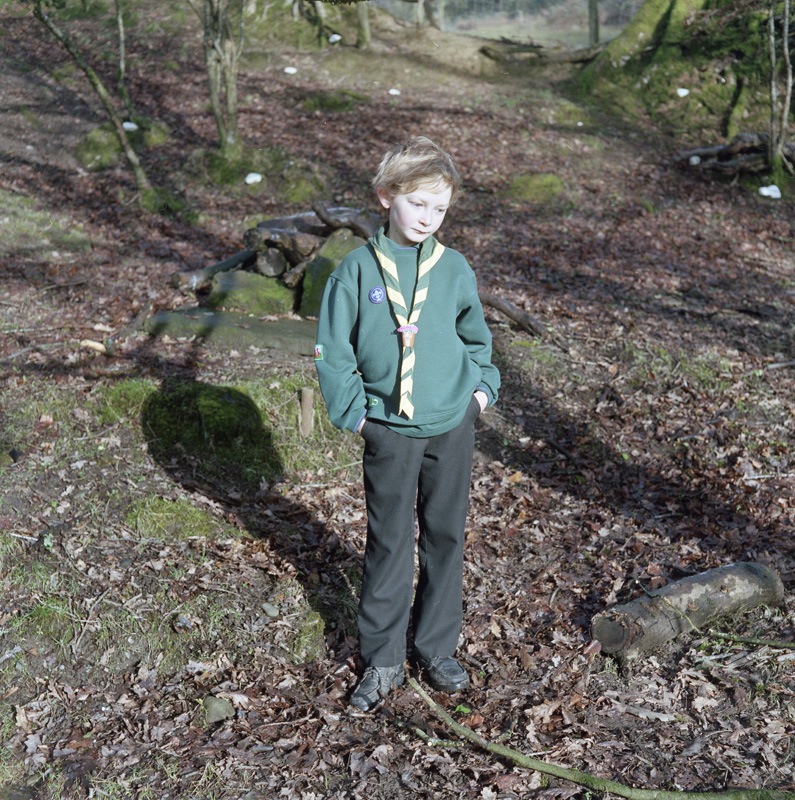

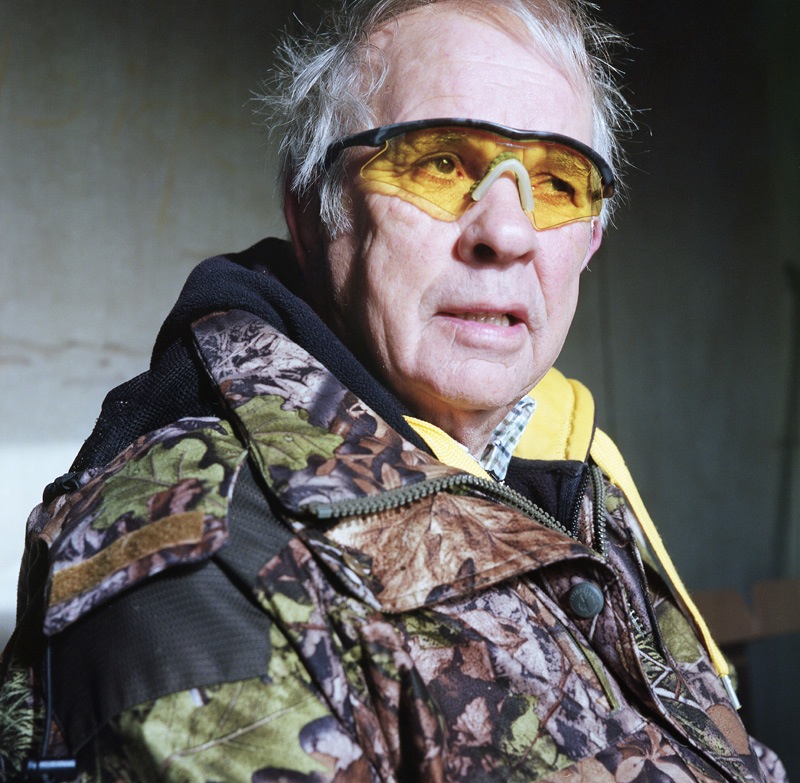
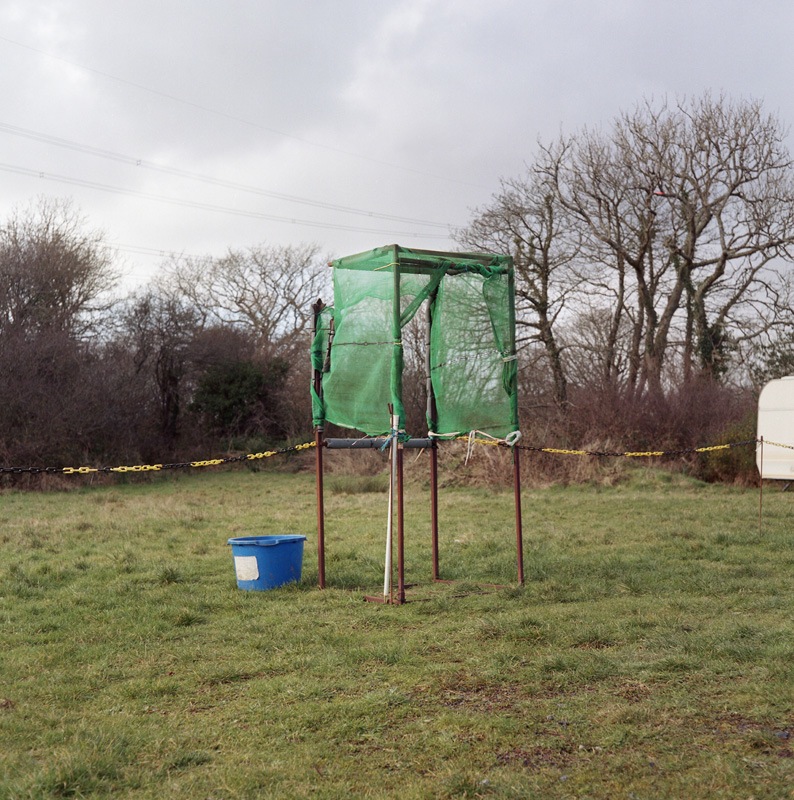
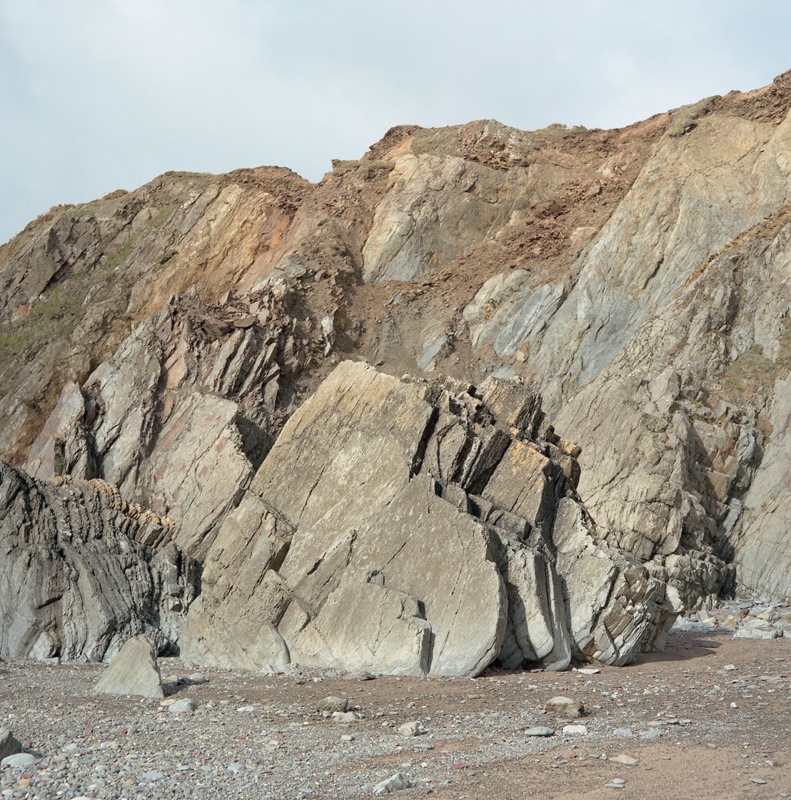
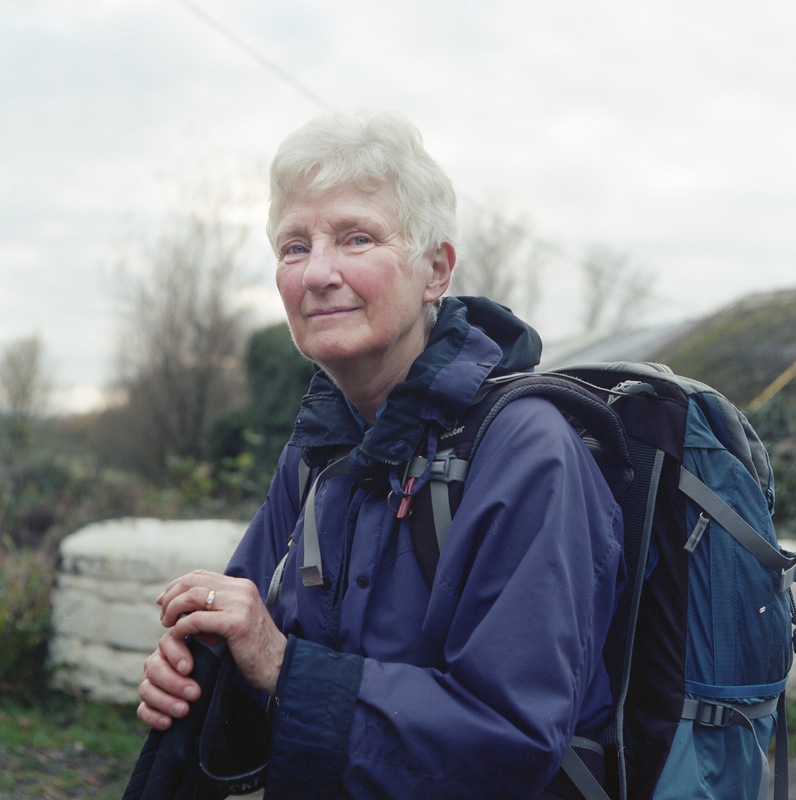
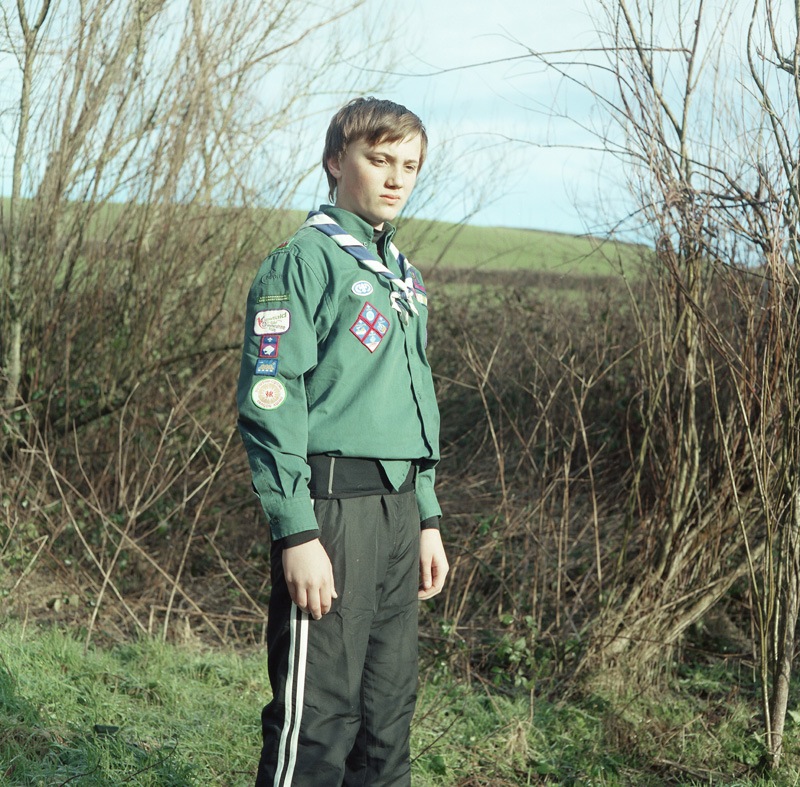
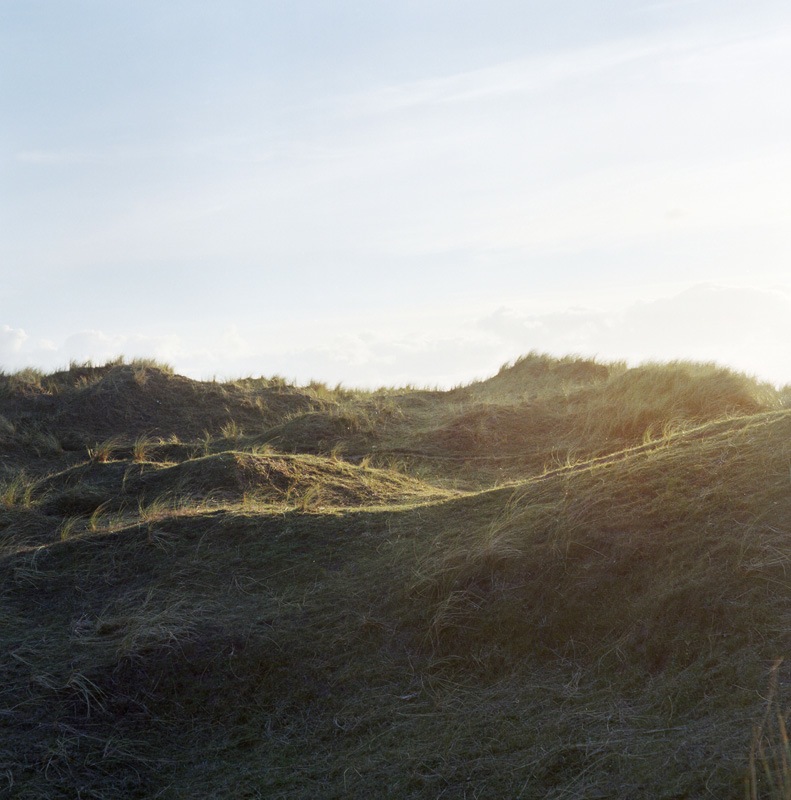
Mark Griffiths is a 34 year-old Welsh photographer born in Port Talbot, a town “famous for its steel industry and producing great actors like Anthony Hopkins and Richard Burton”.
Mark recently completed a new body of work called South of the Landsker, which he introduces as follows: “The Landsker line is an invisible but definite line that has been present for nearly a thousand years and divides the South West corner of Wales from the rest of the country. South of this line the people are of very mixed origins: Scandinavians, Normans, Anglo Saxons and Flemings as opposed to the Anglo/Celtic native heritage from the regions north of the line”.
Hello Mark, thank you for this interview. When and how did you take an interest in photography?
It began when I was 24. I had always appreciated the art of photography but never really considered the medium as a profession. I travelled the world in my early twenties and would always narrate my adventures to others but have nothing to show for it, so I thought photography was the easiest way to describe these experiences. Just after my 24th birthday I had a tax rebate and decided to buy some second hand camera equipment. The rest is history.
What inspired you to work on South of the Landsker?
I have always been intrigued with South Pembrokeshire [a district in Southern Wales] because it’s completely different from the rest of the country. The accent is unusual and you’d find it hard to make a connection to Wales by listening to it. Also the people you meet are rarely of Welsh descent and the landscape has a real historic feel about it – some of the places I visited have not been touched for hundreds of years. I wanted to convey that sense of lost identity coupled with the rural nothingness and abundance of Welsh in a series of images.
Can you share a bit about your typical process for making a portrait?
What is important for me is making my subject feel comfortable in front of the camera. Getting to know the person first and finding common ground helps. Also explaining your intentions and asking them to think of a memorable or significant moment in their life helps detract from the fact there is a camera pointing at them. This usually makes for a better and more relaxed portrait.
What are the major influences on your photography?
Cinematography is always an influence, especially how each scene and setting relates to the narrative. I try to incorporate that into my own work. In terms of photographers that inspire me I would say Alec Soth, Rob Hornstra, Olivia Arthur, Larry Sultan and of course William Eggleston.
Mention the skill that you think is most critical in the education of a photographer.
For someone that shoots portraits often I would have to say good people skills is essential. Also being able to learn from critique is important.
Everyone watches movies, and everyone listens to music, but too few even realize that there is something called photography they could enjoy as they do music or cinema. Any idea how we can change that?
I think that photography needs to be more interactive. Multimedia exhibitions and showcases online are far more convenient and easier to stomach for the younger generation and is a way to get more people interested. I found this example the other day on Vimeo, which works really [see video below]. I think that incorporating music, a narration or even some film into a body of work could add more depth and make it more appealing.
If you could change or improve one thing about the photography industry, what would it be?
I’d like to see more support for graduates and better funding options for photographers beginning their career. There should be better starting platforms introduced at universities, and by this I mean more interaction with picture editors, gallery curators and industry professionals.
Do you have any other passion besides photography?
I have been surfing for over twenty years and even got the opportunity to compete for Great Britain on a few occasions. I love listening to most genres of music and am an accomplished guitarist. I also like the simple things in life: walking, reading and a great cappuccino.
Choose any photograph from South of the Landsker and share with us something we can’t see in the picture.

I fell into a stream trying to get this shot. I wanted to be situated on the bank looking down and decided to attempt to cross a stream. I slipped on a stepping-stone and had to hold my equipment above my head. The bitter February morning chill didn’t help. It was worth it in the end though: I love how the shadow of the boy has formed some kind of otherworldly creature with antlers.
Choose your #threewordsforphotography.
Creativity. Desire. Commitment.
Keep looking...

FotoCal — Photography Awards, Grants and Open Calls Closing in June 2025

FotoCal — Photography Awards, Grants and Open Calls Closing in May 2025

FotoCal — Photography Awards, Grants and Open Calls Closing in April 2025

FotoCal — Photography Awards, Grants and Open Calls Closing in March 2025

FotoCal — Photography Awards, Grants and Open Calls Closing in February 2025

FotoCal — Photography Awards, Grants and Open Calls Closing in January 2025

FotoCal — Photography Awards, Grants and Open Calls Closing in December 2024


